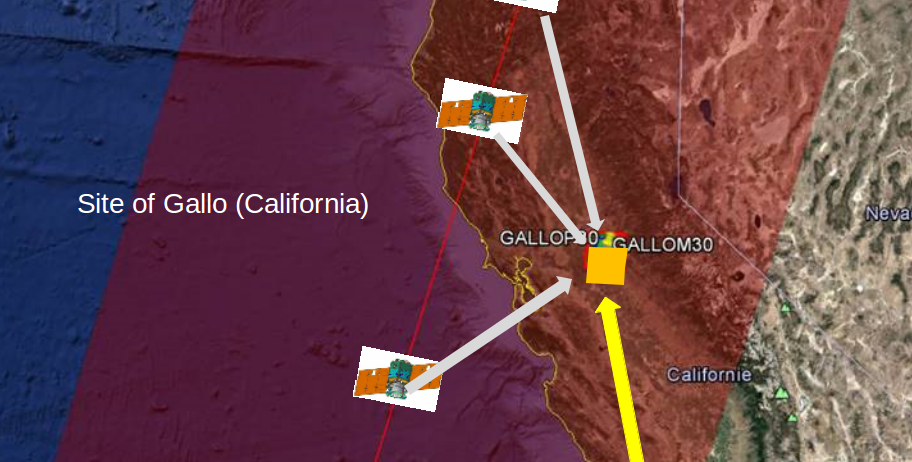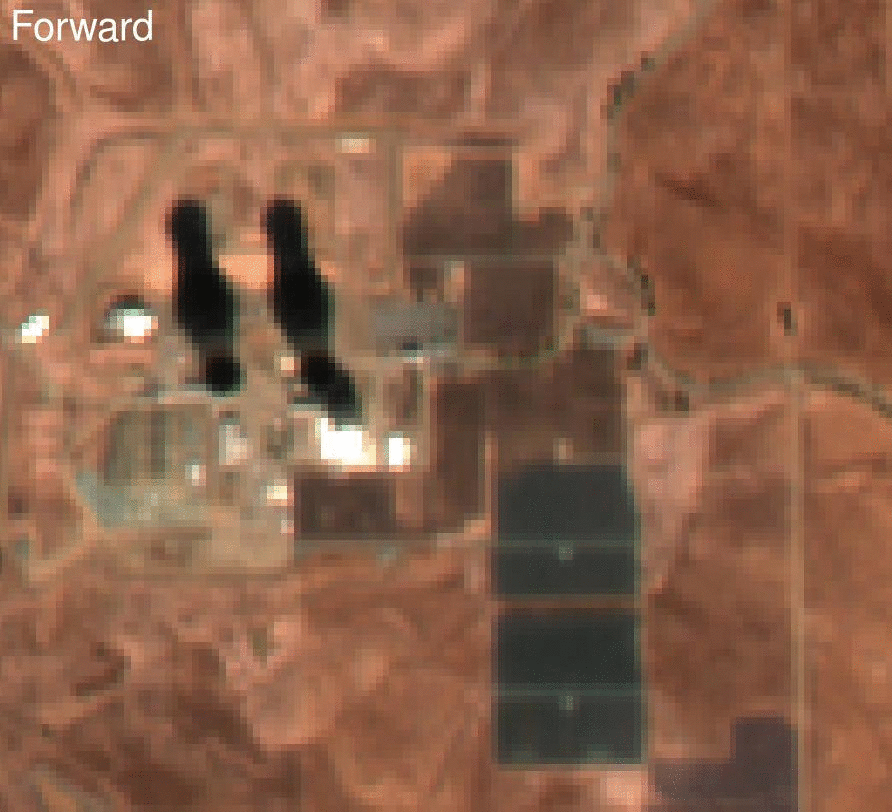[VENµS News 4] Multi-angular views, every second day
Venµs is a research satellite, and a rather agile one (at least for a microsatellite). It enables us to make experiments useful for users like us who like to study physics of optical measurements (which is an allowed perversion, as fas as I know). We have started last year to acquire multi-angular observation, under 3 different view angles from the same orbit, over one site in California, close to Sacramento. AND, these multi-angular views are available every second day !
This data set is available from Theia website, you will find the data under the site names Gallo, GalloM30, GalloP30:
- Close to nadir view: https://theia.cnes.fr/atdistrib/rocket/#/search?page=1&collection=VENUS&location=GALLO
- Northward view, Venµs looks backward: https://theia.cnes.fr/atdistrib/rocket/#/search?page=1&collection=VENUS&location=GALLOM30
- Southward view, Venµs looks forward: https://theia.cnes.fr/atdistrib/rocket/#/search?page=1&collection=VENUS&location=GALLOP30
Here is a nice example captured by Gerard Dedieu, on a part of the image. Do you see the change within the colour images ?. The « bacward image is much brighter ».
Let’s explain a little bit what happens, with a zoom on another prt of the image :
The evaporative towers of this power plant allow to understand what happens. Of course, due to the height of the towers, you probably noticed how their apparent orientation changes with the observation angle. But you probably also noted that the towers colour changes from black to white. In the Northward observation angle, which is close to the backscattering direction, VENµS sees the the sunlit faces of the objects, it is the case for the towers as well as for the plants or the clods over bare soil. This effects explains why the backward image is brighter that the two other ones. This is what we call « directional effects » and this data set is a perfect one to study them !
To summarize, the Gallo site is a unique experiment to study directional effects thanks to VENµS :
- with three viewing directions separated by 30 degrees along the track
- with images acquired every second day
- with a good atmospheric correction performed by MAJA
- and 5m resolution
There are in situ measurements on that site and we will try to access them.











